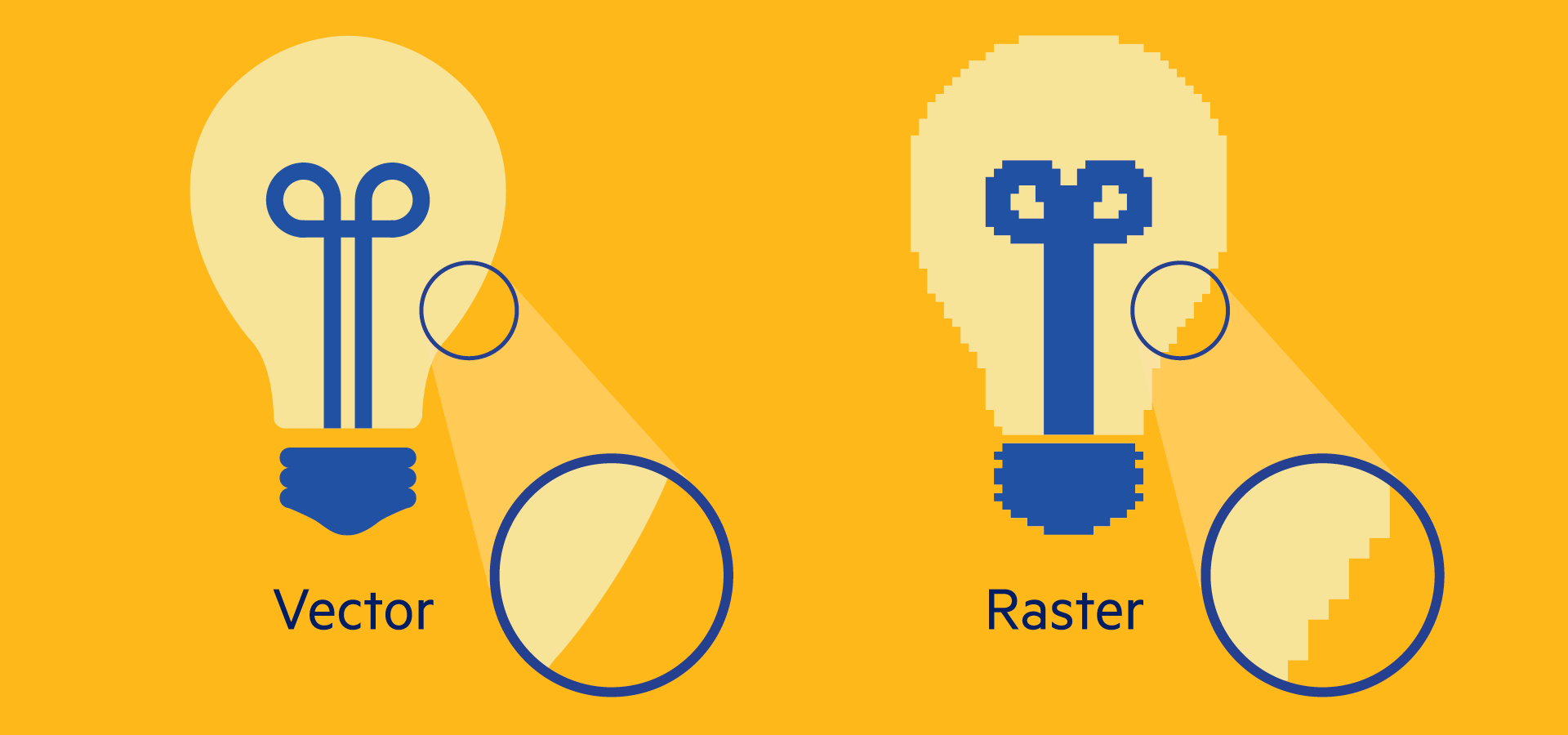
Raster graphics (also called bitmaps) are made up of rectangular pixels. Each of these popular image file formats has its own specifications. Related: What is an animated gif Raster images are made up of (up to) millions of pixels. You no doubt use them on a regular basis for example, when you share a GIF. The two major image formats you should care to know about are raster and vector. What Are They Raster images are commonly used for photographs, and most of the images you see on your computer are stored in a raster graphics format.

Raster graphics store visual information as a two-dimensional map. Editing vector graphics is also easier and more flexible compared to raster graphics. To begin, let’s define the two terms - raster vs vector image formats. The file storage method is one of the main differences between raster and vector images. Because raster images can contain more complex detail and photorealism than vector images, data will inevitably be left out when you are transitioning from a complex format to a simple one. Vector graphics are best suited for logos, illustrations, and designs that require precise lines and shapes. Raster and vector are fundamentally different image formats, and getting them to look alike simply will not work most of the time. However, the vector image is formed using a. This means that they can be scaled up or down without losing any image quality. The basic difference between these two types of digital images is that the raster image is formed using pixels.

Vector Graphics: Unlike raster graphics, vector graphics are made up of lines and curves that are defined by mathematical equations. Because the quality of a raster image depends on its resolution, enlarging or shrinking the image can result in a loss of data or “pixelation.” Raster graphics are best suited for photographs and images with complex color schemes. Each pixel is assigned a specific color, resulting in a visual representation of the image. Raster Graphics: Also known as bitmap images, raster graphics are made up of a grid of individual pixels or dots.

Raster and Vector Graphics both have different features and functionalities, here is a comparison of some key features between them. Raster graphics are composed of a combination of pixels, but vector graphics are composed of paths and are based on mathematics so that they can easily scale.


 0 kommentar(er)
0 kommentar(er)
